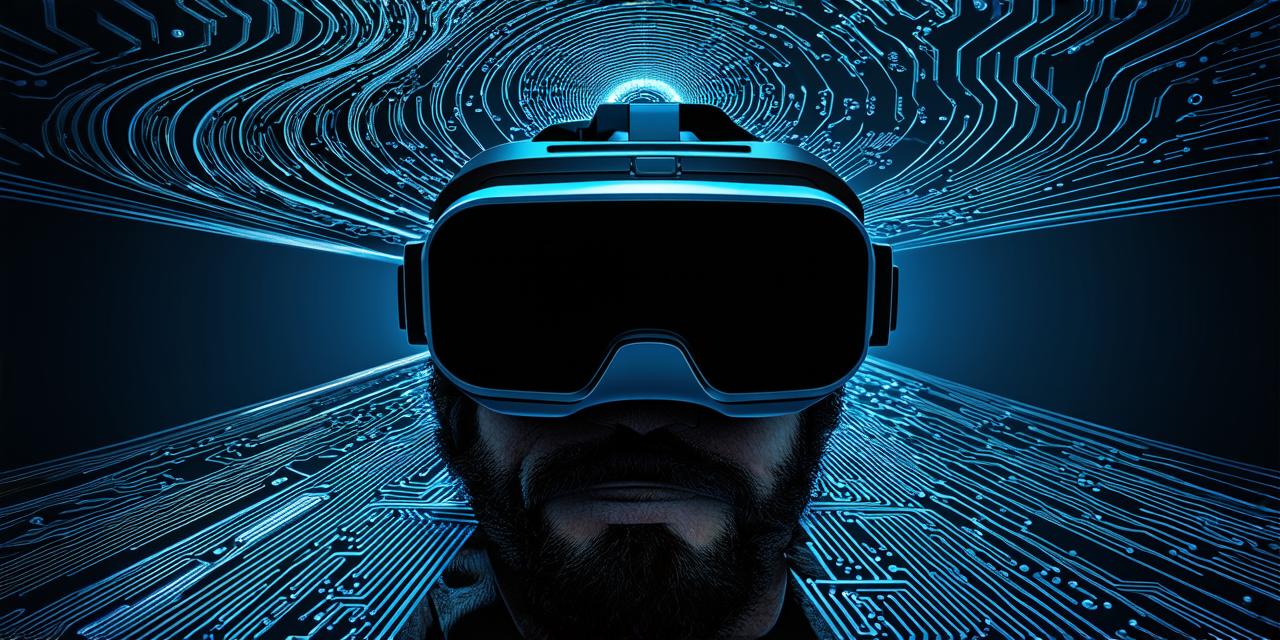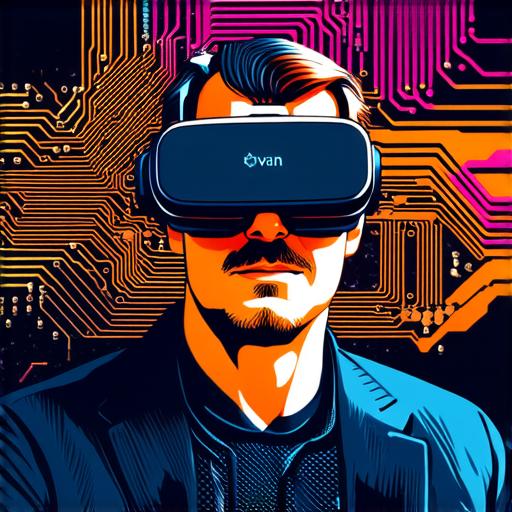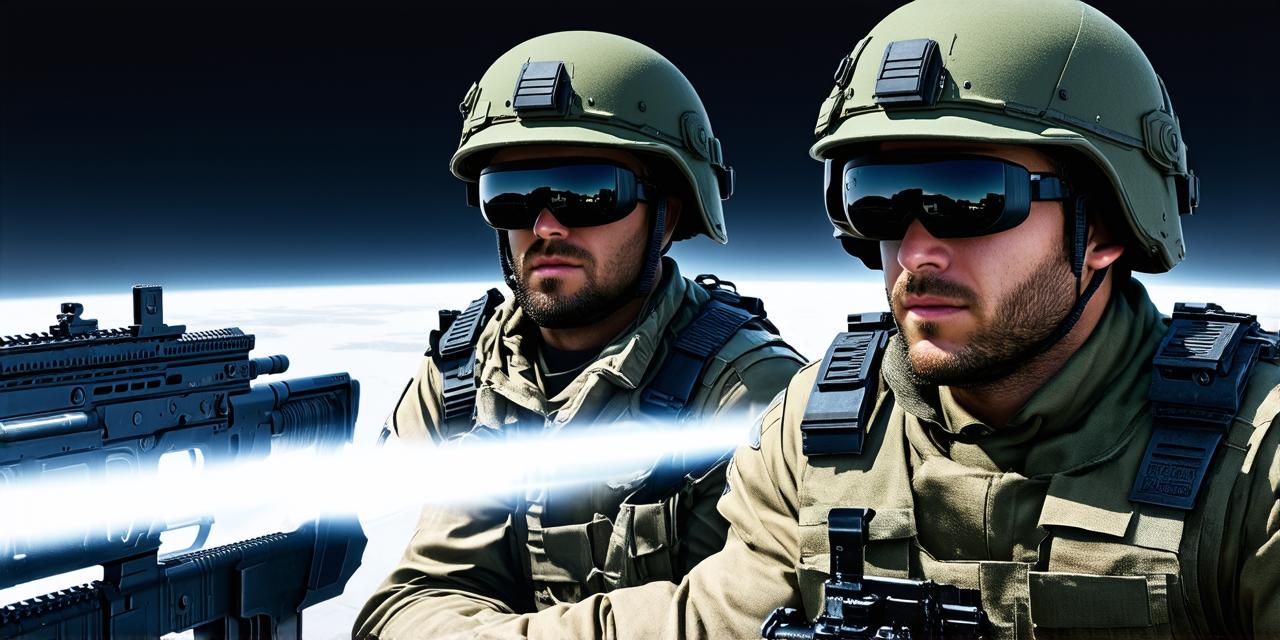
Why did Ivan Sutherland invent virtual reality?
Ivan Sutherland is widely regarded as the pioneer of virtual reality (VR) technology. In 1968, he created “Skywalk,” a computer-generated simulation that allowed users to explore a three-dimensional world from a first-person perspective.
To understand why Sutherland invented VR, we must first look at his background in art and design. As an undergraduate student at MIT, he studied computer science and fine arts, which gave him a unique perspective on the intersection of technology and creativity. He was particularly interested in creating immersive experiences that could transport people to new and exciting worlds.
In the late 1960s, Sutherland became fascinated with computer graphics and created a program called “Sketchpad,” which allowed users to create and manipulate simple shapes on a screen. However, he quickly realized that this was just the beginning of what could be done with computers and graphics.
He envisioned a world where people could interact with computer-generated objects in a more realistic way, and Skywalk was born.
Skywalk used a head-mounted display (HMD) to create an immersive environment that allowed users to look around and explore a three-dimensional world. The program was designed to be highly interactive, allowing users to pick up objects and manipulate them in real time. Skywalk was not only a technical achievement but also a work of art, with Sutherland spending countless hours creating detailed environments and objects for the simulation.
Despite its groundbreaking nature, Skywalk was not widely adopted or recognized at the time. However, it laid the foundation for future VR technology and paved the way for more advanced simulations in the years to come.
Sutherland’s invention of VR can be seen as a natural extension of his artistic and creative pursuits. He was interested in creating new forms of expression that went beyond traditional media like painting or sculpture. By using computers to generate realistic environments and objects, he was able to create immersive experiences that were both engaging and thought-provoking.

In conclusion, Ivan Sutherland’s invention of virtual reality was driven by a desire to push the boundaries of what could be done with technology and creativity. His work in computer graphics and art allowed him to envision a new form of media that would allow people to explore new worlds and interact with digital objects in a more realistic way. While Skywalk may not have been widely adopted at the time, its impact on VR technology cannot be overstated.

